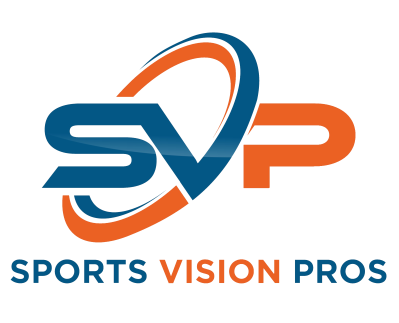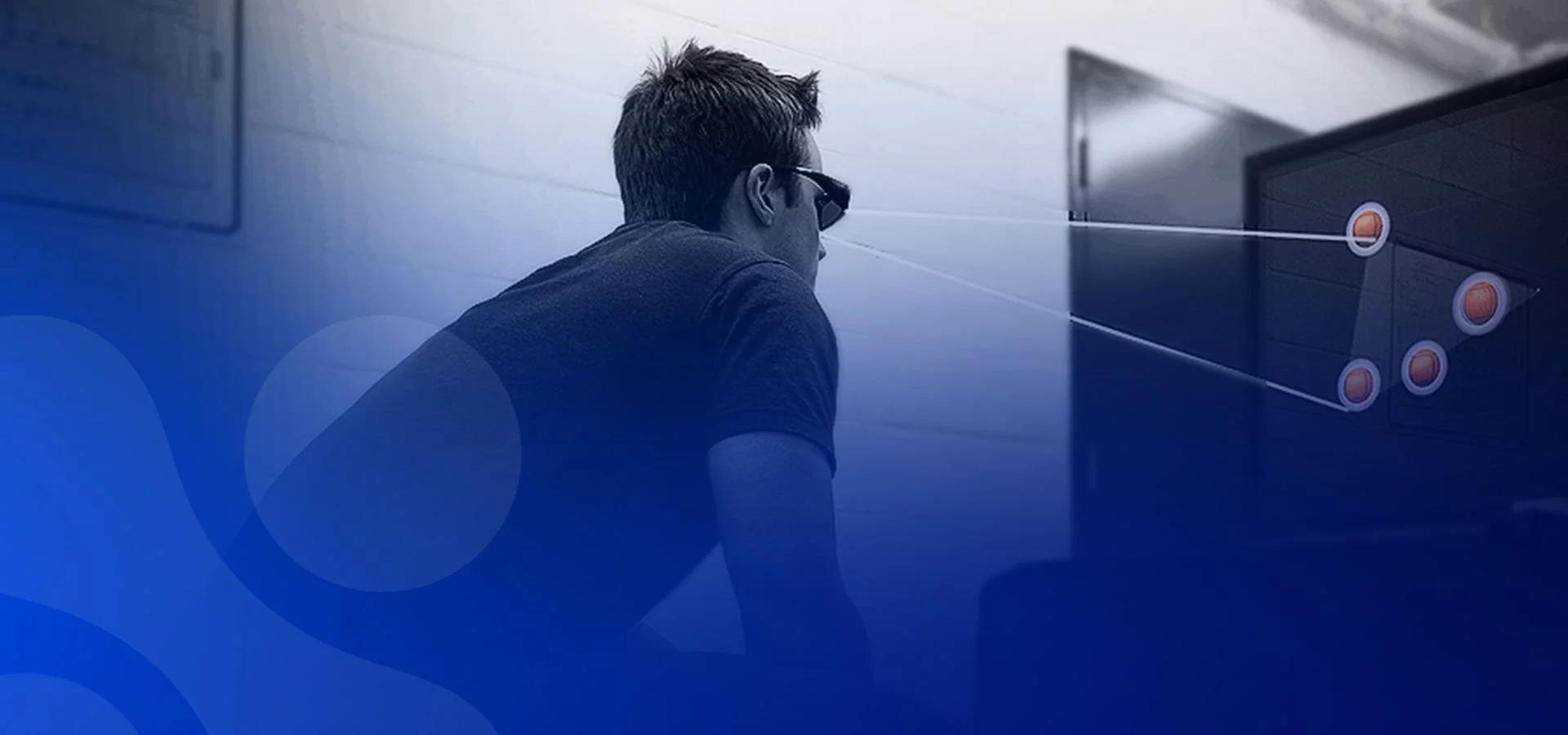Military & First Responders - Vision Health
Whether you’re on active duty, a first responder, or a shooting enthusiast, poor vision can significantly impede your performance and safety. If you can’t see the target or other threats, you will have a much more difficult time assessing, targeting , and safely maneuvering through obstacles and other threats. More practically, if someone else sees something better or reacts more quickly, you may be at a significant disadvantage.
For example, a soldier or police officer with poor night vision may not be able see assailants or suspects while on night duty. EMTs who are nearsighted may not see traffic or obstacles as they rush to an emergency and may need to take more time to examine and treat injuries. Poor vision can slow down how quickly you can see and react to an obstacle, combatant, or victim.
Unfortunately, many active duty, first responders, and shooting enthusiasts do not realize they suffer from undiagnosed vision impairments and spend significant time and resources compensating for poor vision or slower recognition without ever addressing their unknown vision impairment. Addressing these vision impairments can save you time as well as improve your performance and safety. Therefore, it is important that you know the signs of vision impairments and ensure that you visit an eye doctor for an in-person examination.
If you experience the following warning signs, make sure you see an eye doctor right away:
Vision strain/ headaches from performance or reading
Difficulty tracking a target/ball
Poor aim
Lack of peripheral awareness
Slower reaction time
Misjudging depth
Difficulty with varying light levels
All good athletes are in tune with their bodies. Because of the dynamic nature of what military personnel and first responders do, they are in every definition athletes. Being conscious of any potential visual component deficiencies should lead to a desire for a visual performance evaluation. Identifying areas of visual deficiency can have a dramatic effect on improving overall performance and safety.
Visual performance evaluations address specific visual needs based on occupation and position in the field that may vary greatly. For example, a situation like tactical shooting or firefighting has great need for depth perception and peripheral vision testing without defined acuity goals. Long range shooting, on the other hand, has a need for exceptional acuity in order to perform well.
Remember, it is important that you regularly see an eye doctor even if you don’t have signs of vision impairments. Not all vision impairments have obvious warning signs, and not all impairments immediately impact performance. It is better to be treated by an eye doctor before an impairment becomes obvious and begins to impact your performance and safety.
It is also important that you regularly see an eye doctor even if you pass regular “vision screenings.” Your vision may be “good enough” to pass a basic screening but still not at the level required by your job. For many first responders and military personnel, your eyes need to see, process, and react to much more than what a simple screening can test for.
Partners


















